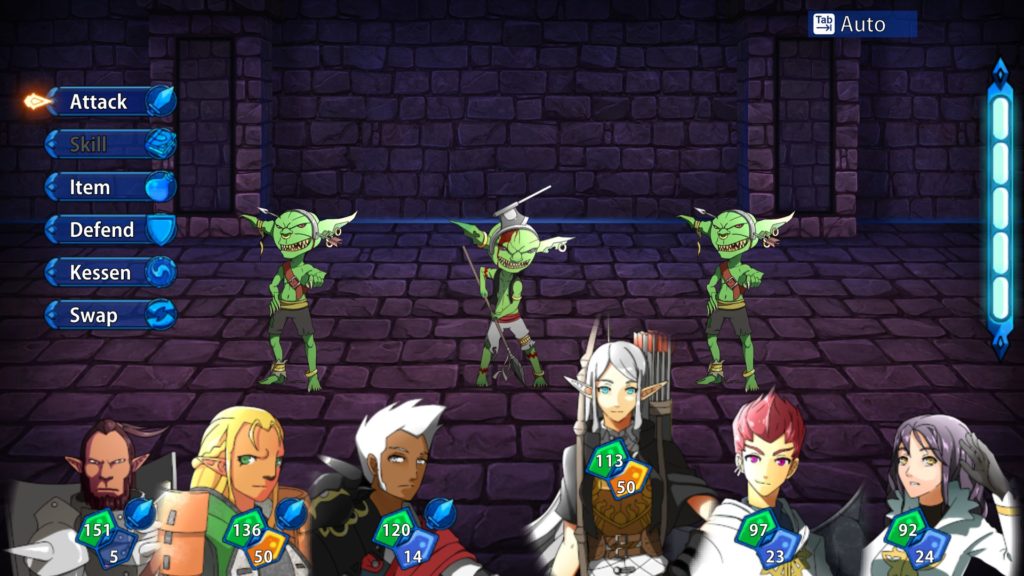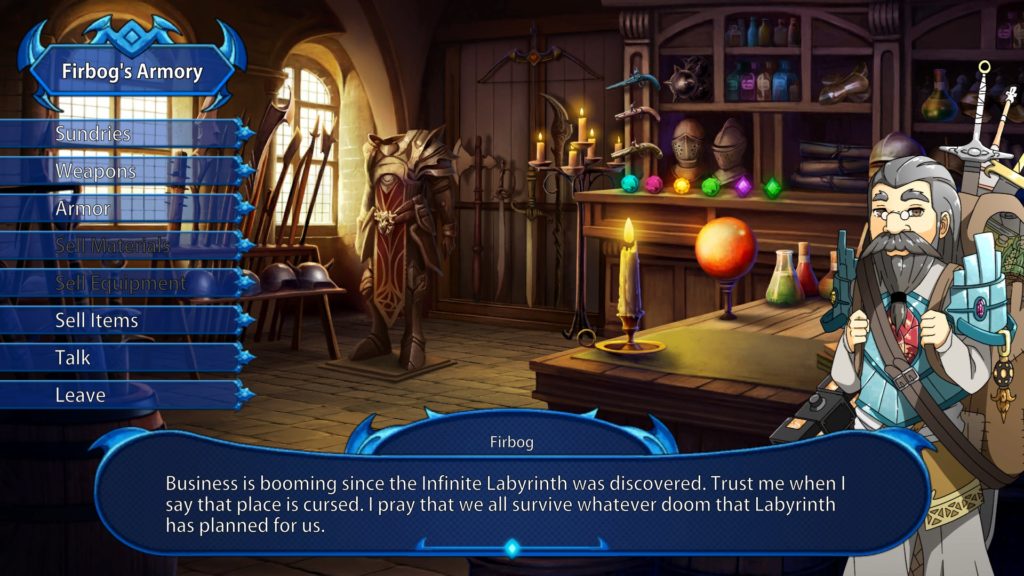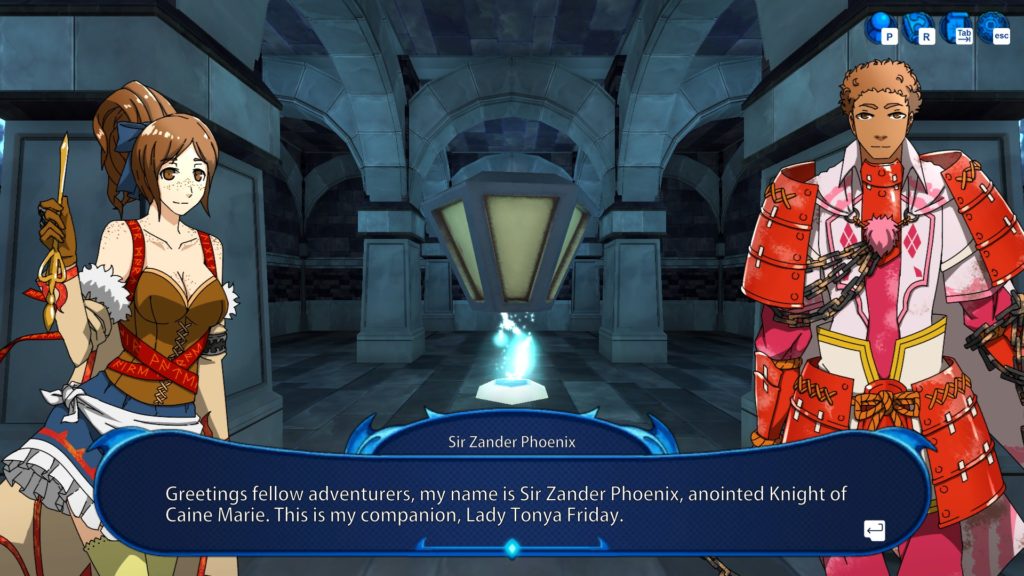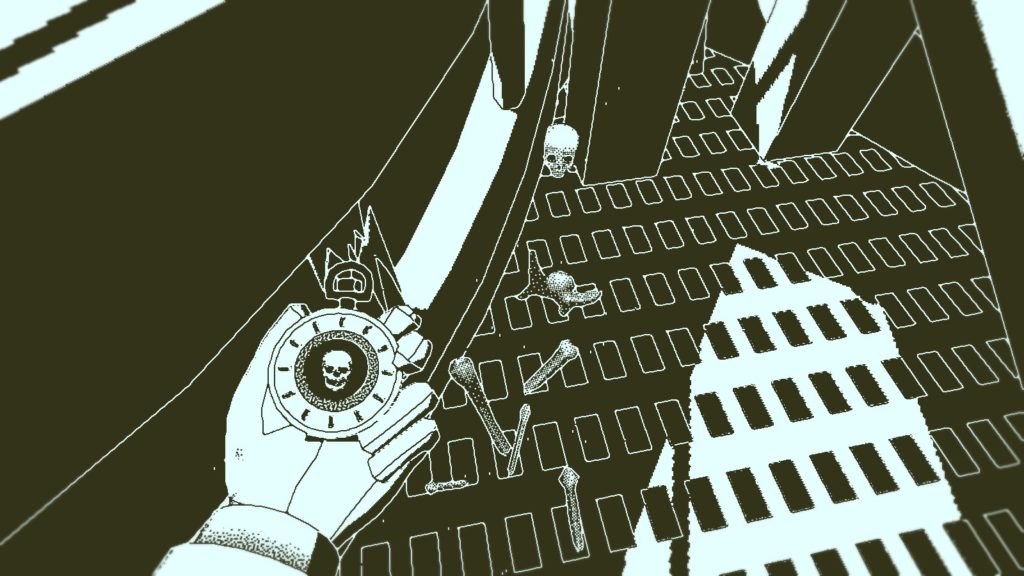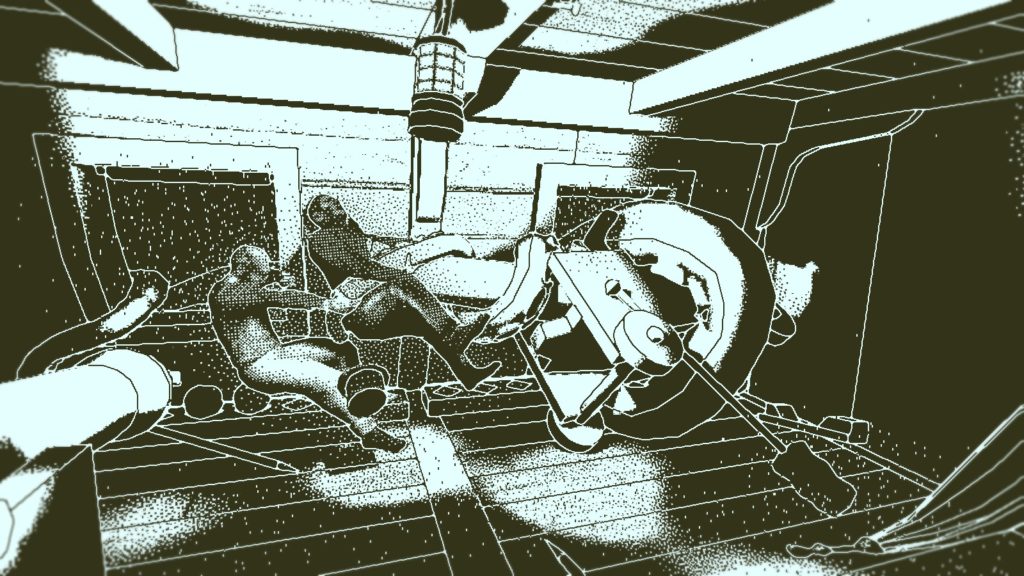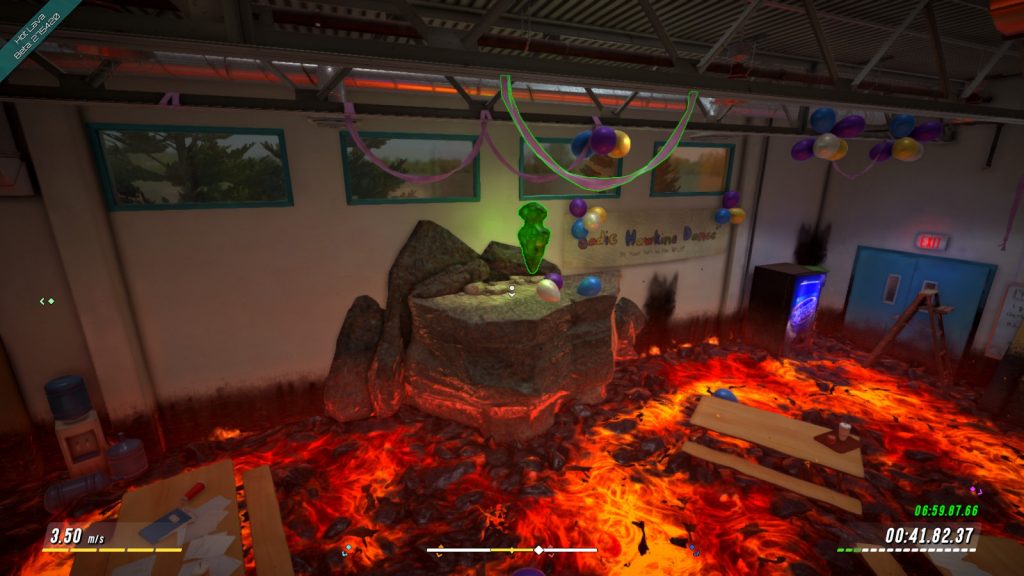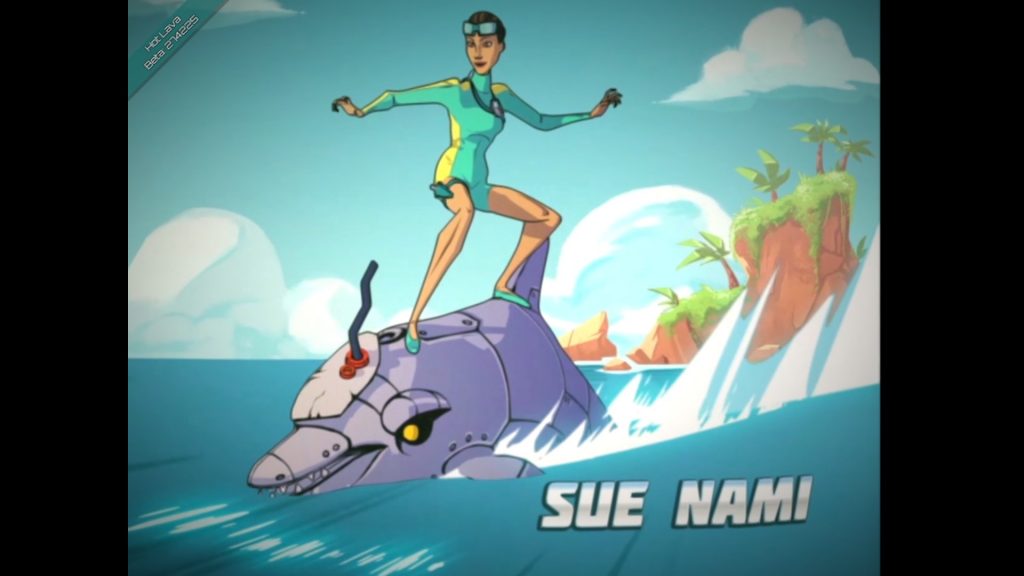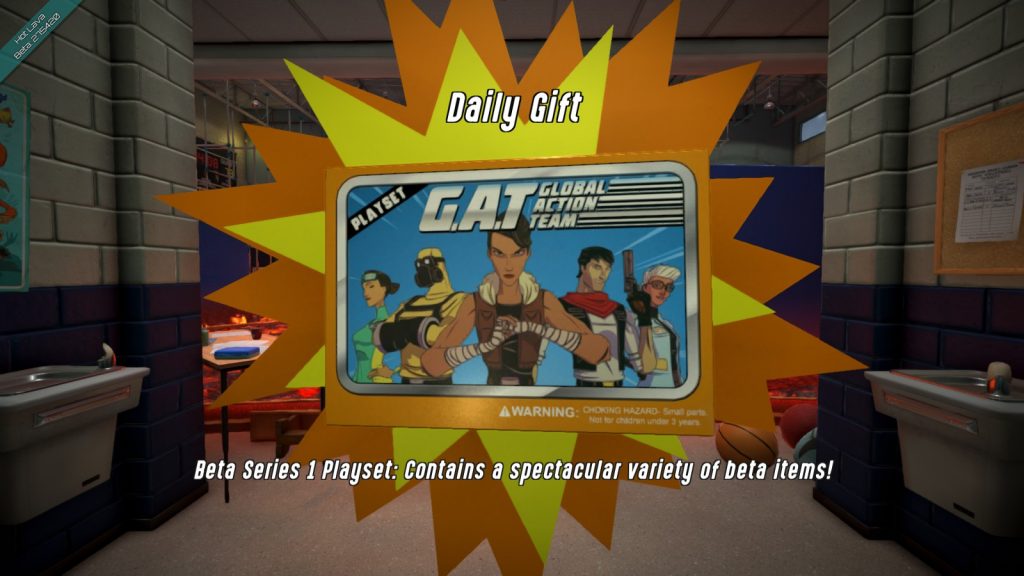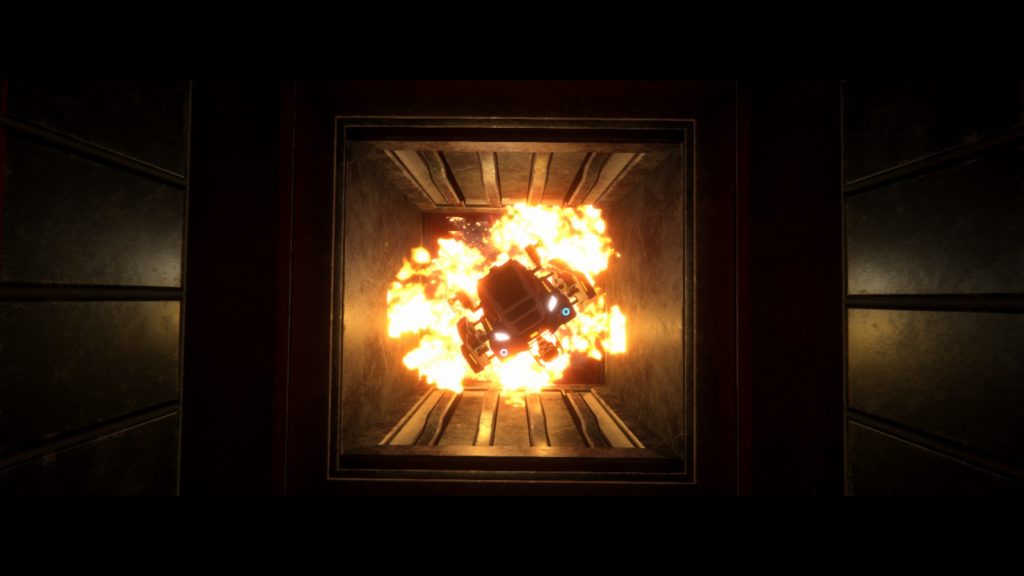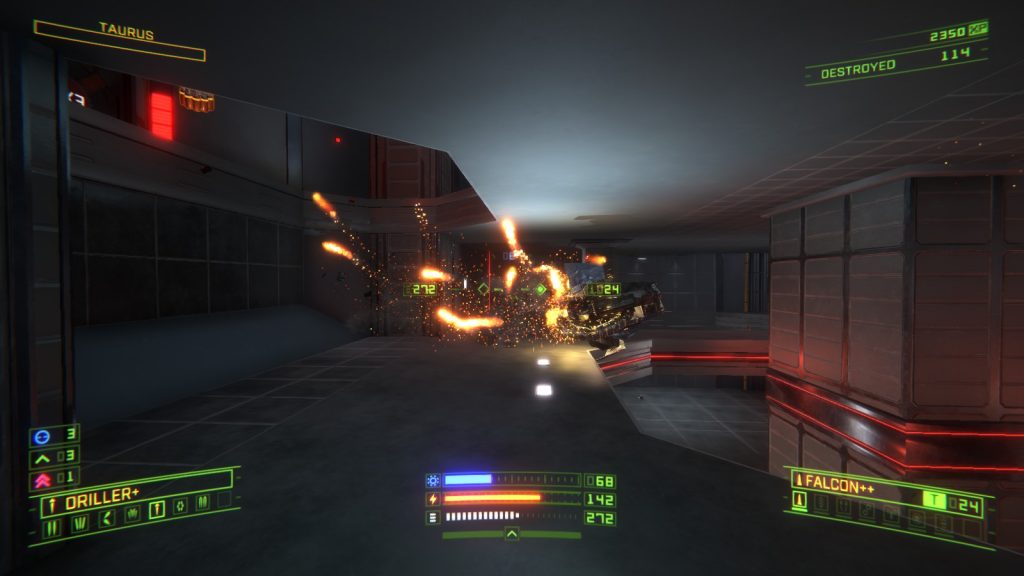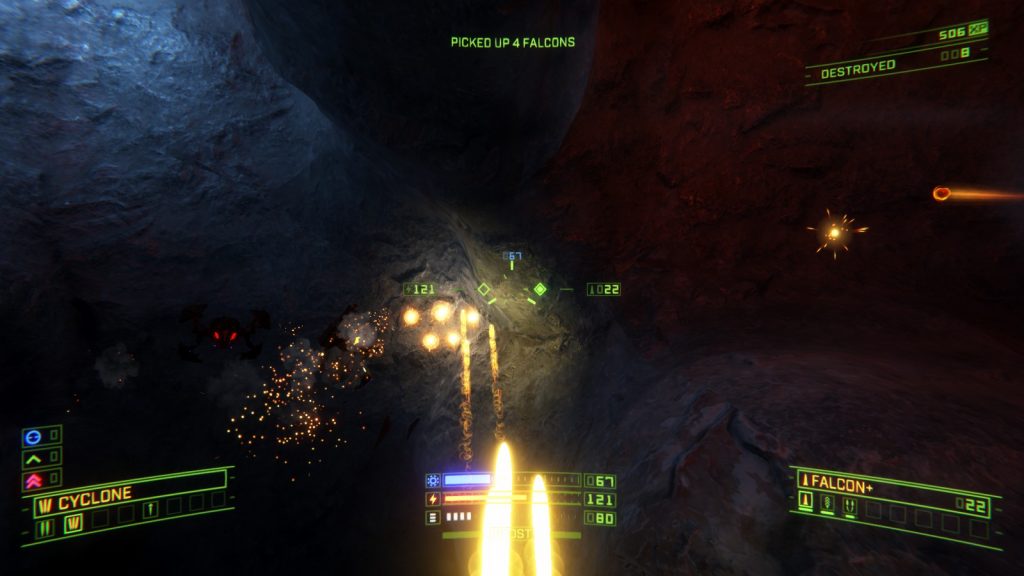DUSK: Episode 3 (Review)

Source: Cashmoneys
Price: £15 (£23.79 for all bells and whistles, £7.19 for soundtrack, graphic novel, and Intruder Edition upgrade)
Where To Get It: Steam
Other Reviews: Episodes 1 and 2
After a wee while, DUSK Episode 3 has released, and the game is now… Complete. A love letter to the late 90s 3d shooter boom, DUSK is somewhat twitchy, sometimes stealthy, and sometimes has THE DARK MAZES OF ULTIMATE ANNOYANCE, but, most of the time, it’s over the top, shooty fun.
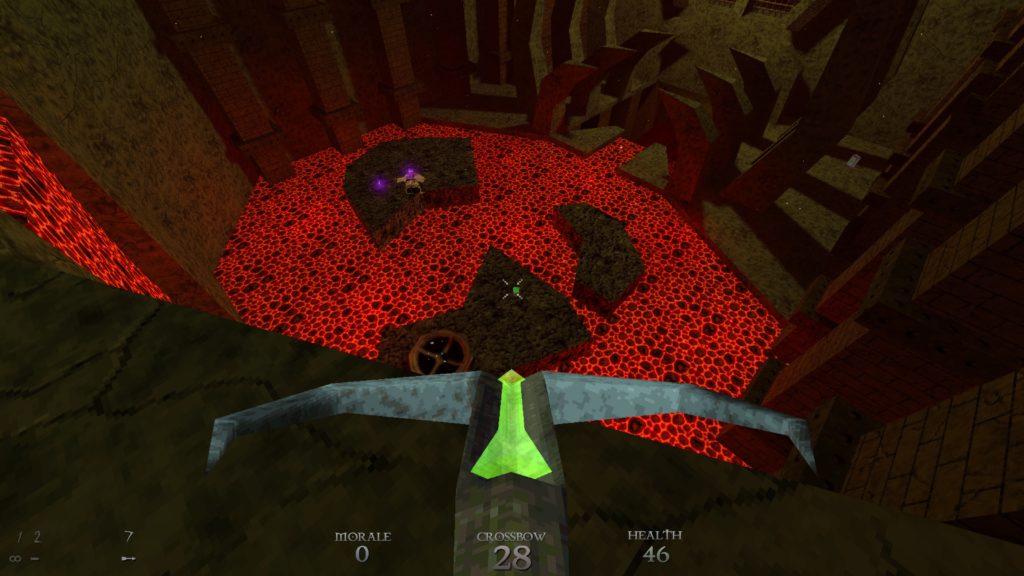
I’d already covered Episodes 1 and 2 previously, and Episode 3… Well, it continues the same trends. The same love letter to 90s 3d shooters, with fast movement, varied enemies, and memorable weapons. The same bizarre nostalgia tingle from the chunky whirring of a hard drive (Present not just in the loading screen, but heard every now and again in the rare quiet portions of the game.)
In this particular case, more of the same is… Pretty good, overall. More heavy, atmospheric tunes to lay on the pressure. The Sword, a melee weapon that does heavy damage, is a silent kill for unaware enemies (Video games, eh?), and can, with skill and Morale (the game’s armour equivalent) block. More imaginative setpieces using the low-poly visuals combined with some more modern techniques to create memorable moments.
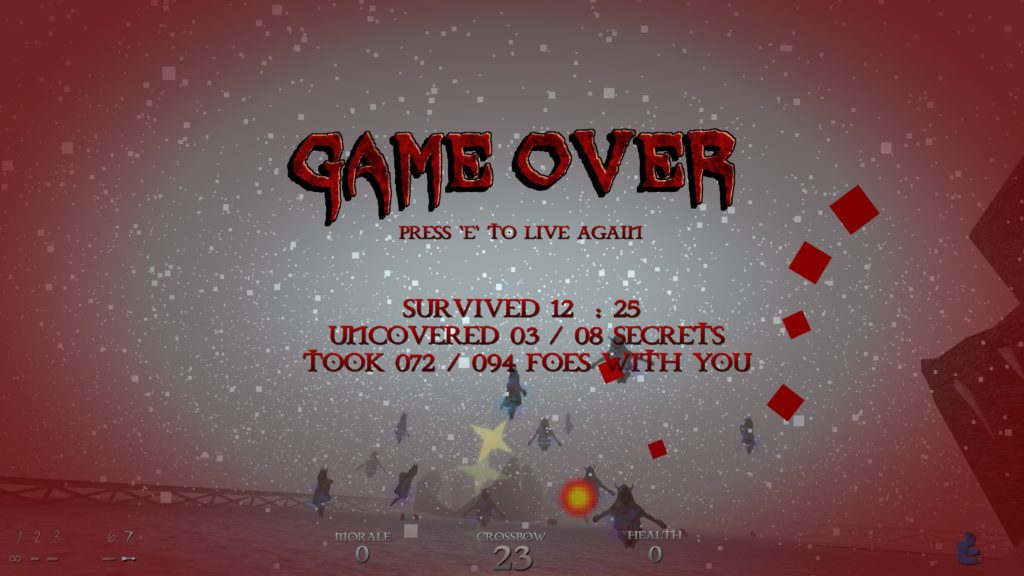
Of course, it’s not all roses. Being a 90s style 3d shooter, the run speed is… A thing, and I found myself rapidly disoriented with what would normally be a safe strategy of “circle strafe while trying to hit things.” Climbing is necessary in certain portions, and, while it’s nice that you can’t have a Dead Man Walking situation, climbing also gets finicky pretty easily (If you didn’t land facing the wall, holding the walk button may not work in the intended manner.) The most dangerous situations are not, as you might expect, bosses, but large groups of mid-tier enemies (such as the frozen church in level 2.) And, of course, being a 90s style shooter, secrets aren’t only badges of pride, but some can give you that much needed leg up… And, considering how the health and armour can bounce back and forth in a level, “Much needed” is very much the right phrasing. The physics objects, similarly, can be finicky. Yes, it’s funny that soap instantly kills a filthy enemy (Evil, as it turns out, is weak to Hygiene), but damn if that soap can sometimes be a git to handle…
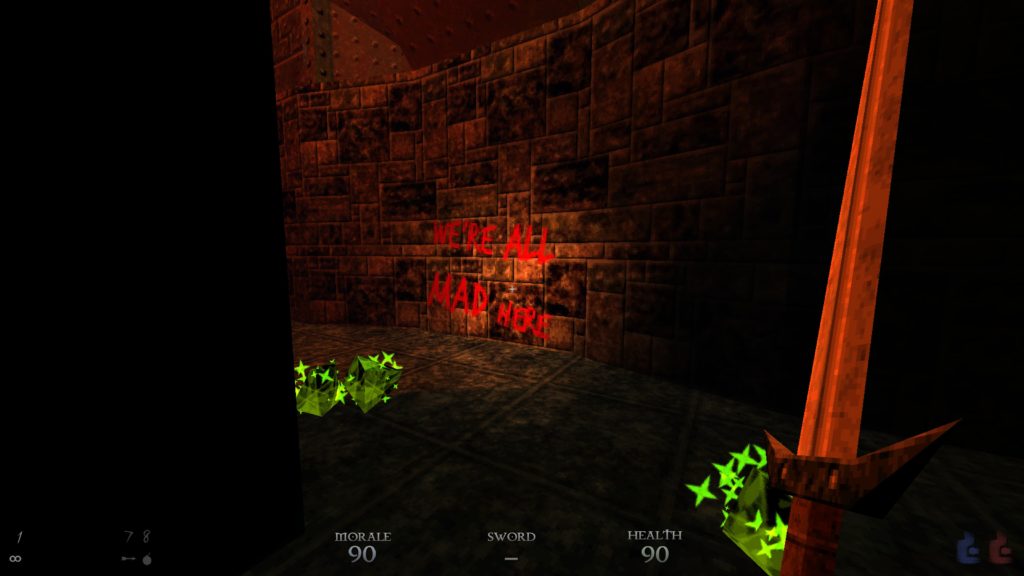
Still, DUSK, as a whole, does a lot of things well. It tickles the nostalgia gland, while also adding more modern touches that make life a little easier. It takes advantage of being story light to concentrate on making its areas evocative and interesting, and while the flaws are there, and I wouldn’t recommend this to anyone unfond of twitchy shooters (or the easily frustrated), it does exactly what it sets out to do with style. It feels good to see the crossbow gib not just the enemy directly in front of me, but several of its friends. It felt tense as hell to see a multi-tiered river of lava, despite the fact the encounters along it weren’t that tough, because it sold the tension. In a way, it’s a bit like its grungy world: A little battered in places, but feeling tight, tense, and… Unreal.
Okay, I should probably go to pun jail… Again… For that one. But still, DUSK is mostly fun and interesting, and that’s cool.
The Mad Welshman refuses to apologise for his puns.


